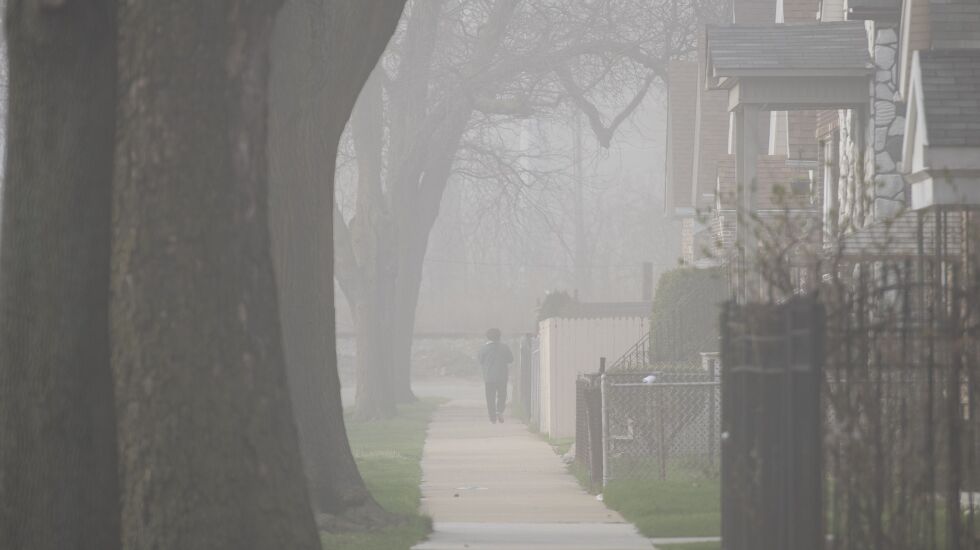
The more time passes, the more we learn about the foul-ups and outright negligence that led to Little Village being carpeted in hazardous dust following a 2020 coal plant demolition.
In the latest round — courtesy of an Aug. 5 story by Brett Chase, the Sun-Times’ environmental reporter — a since-retired city employee warned his boss in writing seven months in advance that imploding the giant smokestack at the former Crawford Generating Station at 3501 S. Pulaski Rd. could cause “almost cataclysmic” harm.
The public deserves to know everything about the incident, who was responsible and more.
But Mayor Lori Lightfoot’s administration continues to refuse release of the city inspector general’s full report on the implosion, saying the document legally can be withheld unless it contains “sustained findings” of a felony or conduct that “is associated with a death.”
This sounds like a dodge to us, an administration seeking to protect itself from blame. Given everything that’s been revealed so far, it’s past time for the full report to see the light of day.
The public — and certainly the people of Little Village — deserve nothing less than the full story on the implosion.
‘Be prepared’
John Kryl, the Chicago Department of Public Health’s then-director of environmental inspections, raised the alarm in a September 2019 email to Dave Graham, an assistant commissioner of public health.
“Document weather data, including wind direction and speed, and prepare to postpone the drop if the event will direct a large amount of dust toward the river or any heavily populated area,” Kryl wrote. “Notify the residents of the area well in advance so they’re not caught unaware. They may want to be somewhere else when the drop occurs.”
Kryl also advised saturating the ground with water prior to the implosion:
“No matter how much water you think you need, it probably won’t be enough. The dust from an event like this is almost cataclysmic. Be prepared.”
But they weren’t. Not the city, nor the redevelopers of the site, Hilco Development Partners. And the city won’t say if Graham even responded to Kryl’s email.
As a consequence, the former plant’s 400 foot-tall smokestack rumbled to the ground, creating a massive cloud of toxic cloud of dust and debris that nearly smothered the neighborhood.
The blame and responsibility for this falls on Hilco also, and the company has paid fines as a result.
“They own this,” said Mayor Lori Lightfoot in 2020 after the implosion.
Yes, but so does the city, as Kryl’s correspondence demonstrates. But only the release of the full inspector general’s report will show just how much.
The Sun-Times welcomes letters to the editor and op-eds. See our guidelines.







